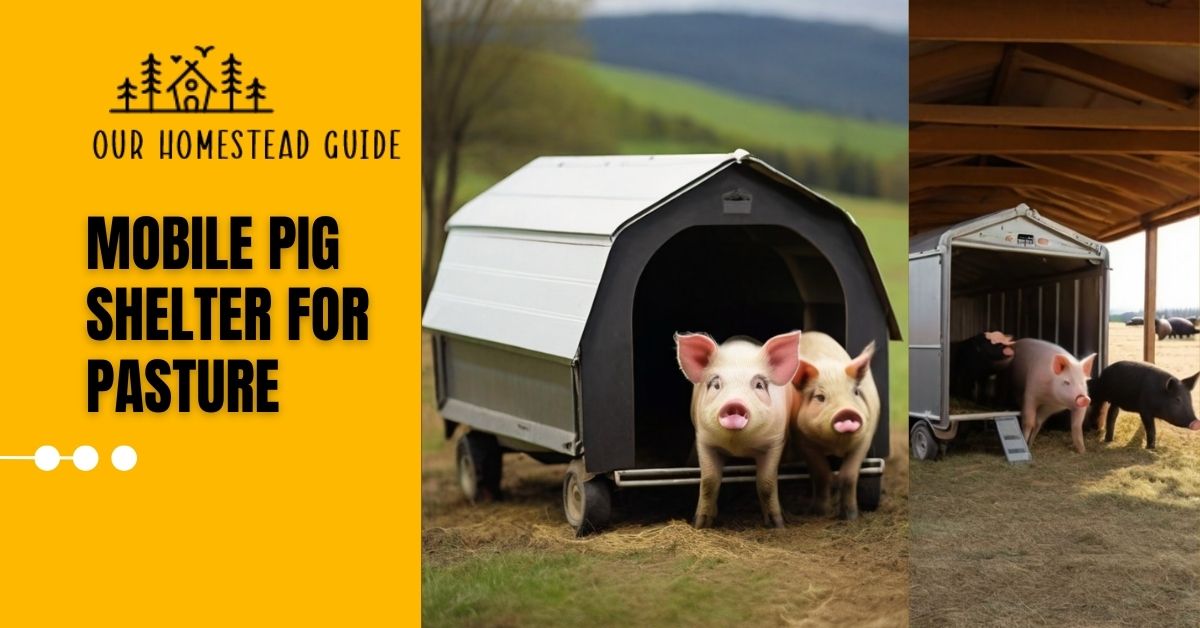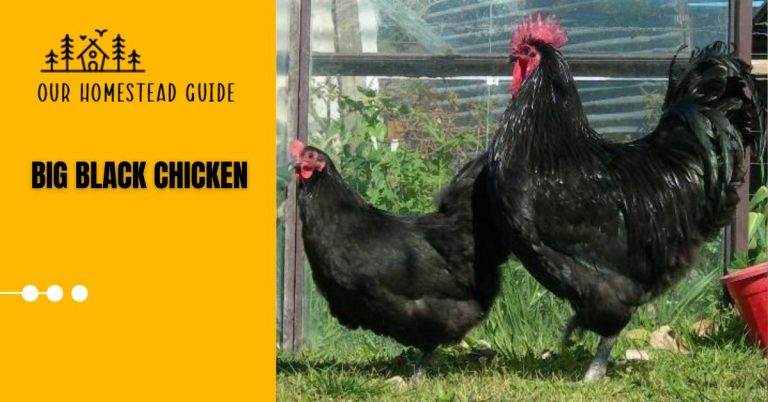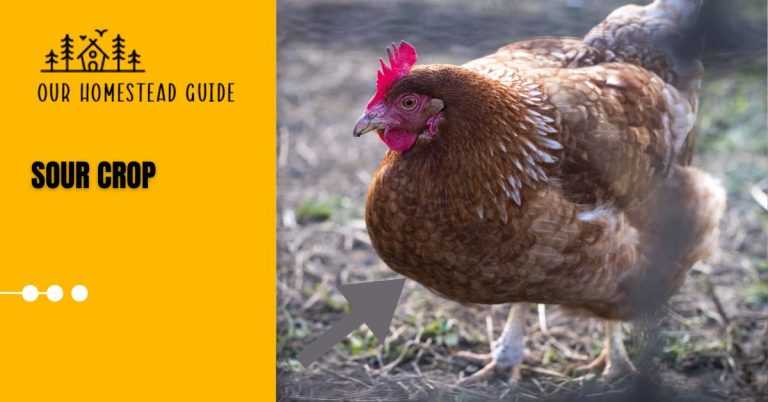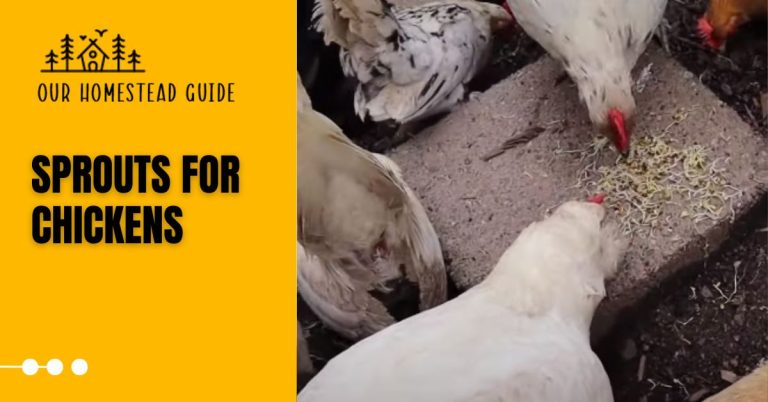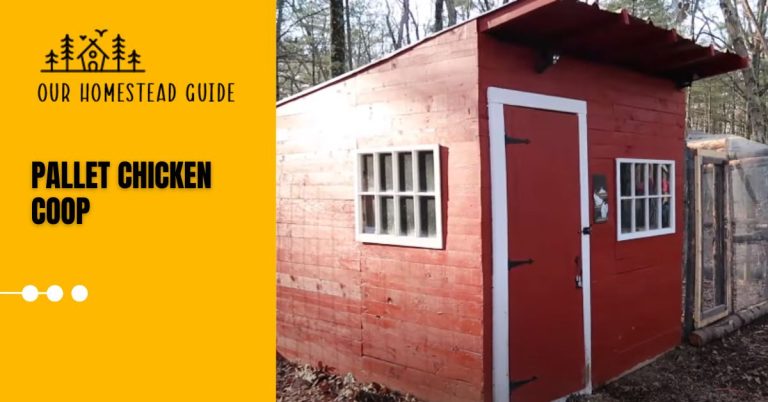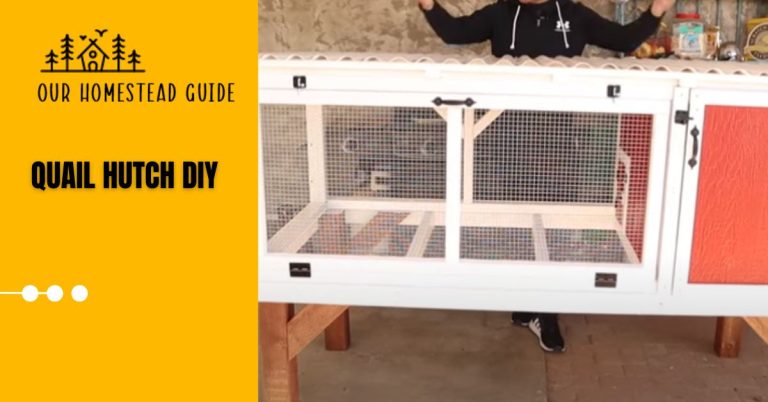How to Mobile Pig Shelter for Pasture: Simple and Sturdy
Mobile Pig Shelter for Pasture Mobile barns are needed for pasture-raised pigs, with size variations to accommodate diverse pig populations. To run efficiently, each barn should have at least 7 acres of pasture. These shelters can hold 5-7 days’ worth of grain and water for the pigs, depending on their size.
Materials Needed
| Material | Description |
| Chain Link Fence Material | Material for the shelter structure |
| Metal Pipes | Used to create the arches |
| Wooden Board | To mount the hoop bender |
| Carriage Bolts and Nuts | Securing the hoop bender to the board |
| Lag Bolts | Attaching the hoop bender to a fence post or similar support |
| Screws | Joining the chain link material to the frame |
| Eye Bolts | Added for stability and anchoring purposes |
| Wood Clamps | Used to hold the chain link material in place during cutting |
| Hand File | For deburring the cut edges of the chain link material |
| Chain Links or Caps | Optional for capping the ends of metal pipes for aesthetics |
How to Mobile Pig Shelter for Pasture?
Step 1: Preparing the Hoop Bender
- Attach the hoop bender to a wooden board with carriage bolts and nuts. Check that it is strong and securely fastened.
Step 2: Forming the Arch
- To establish the size of the arch, use the dimensions supplied in the Fuller Farms blueprints.
- Place the metal pipes into the hoop bender.
- Bend the metal pipes into the proper shelter arch shape.
- Rep the procedure for each arch. The artist creates three arches in this video.
Step 3: Cut the Arc
- Lay down the chain link material on a level surface and secure it using wood clamps.
- One of the bent metal arches should be placed on the chain link material.
- Trace the arch form onto the chain link material.
- Cut the chain link material along the lines you drew.
Step 4: Assembly
- Using screws, attach the chopped chain link pieces to the metal arches.
- Follow the directions in the blueprints to secure the chain link material to the frame.
- Attach eye bolts through the frame for further stability and anchoring.
Step 5: Finishing Touches (Optional)
- Attach the caps to the ends of the pipes if you wish to use them.
- The video’s creator says that they can be a tight fit.
- To guarantee safety, deburr the chain link material’s cut edges.
Step 6: Constructing the Shelter
Move the shelter to the chosen spot in your pasture after it is fully completed.
Make certain that it is securely anchored and fixed to the ground in order to resist wind and other weather conditions.
Pig Shelter for Sale
If you want to buy a pig shelter, you should check into local agricultural supply stores, farm equipment dealers, or internet markets like Craigslist, eBay, or specialist agricultural websites. You might also inquire with nearby farmers or livestock enthusiasts about available shelters.
Consider contacting local farm equipment manufacturers or suppliers that may sell pig shelters as part of their product line. To discover the best shelter for your needs, be sure to define your demands and budget.
Pig Shelter for Winter
Portable Pig Arks: These are compact, lightweight shelters that are readily relocated. They are usually made of wood or metal and have a slanted roof and an open front. Pig arks are appropriate for tiny pig breeds or piglets:
1-Livestock Trailers That Have Been Converted:
- Portable pig shelters may be made from old livestock trailers. Remove the dividers and replace them with bedding, water, and feed stations. They are lightweight and provide enough protection.
- Barns or Pole Barns: Permanent or semi-permanent buildings such as barns or pole barns may provide excellent pig shelter. They can be built with stalls, a feeding area, and storage space.
- Deep-Bedded Shelters: These shelters contain a thick layer of straw or bedding on the floor that offers insulation and comfort for the occupants.
2-Thick Bedding:
- Use deep straw or hay bedding within the shelter. The pigs benefit from the dense bedding because it provides insulation and warmth.
- To keep the pigs warm and dry, offer fresh bedding on a regular basis.
3-Infrared heaters or heat lamps:
- In exceptionally cold areas, consider utilizing heat lamps or infrared heaters to keep the shelter at a reasonable temperature.
- To avoid fire concerns, ensure that these heating sources are fitted safely.
4-Windbreaks:
- To protect the pig shelter from chilly winds, build windbreaks around it. This can be accomplished with hay bales, planks, or other appropriate materials.
- Even with windbreaks in place, ensure appropriate ventilation to prevent condensation and preserve air quality.
5-Running outside:
If pigs have access to outdoor areas throughout the winter, offer covered runs to protect them from rain and bad weather while yet enabling them to obtain some fresh air.
6-Drainage is essential.
Make sure the shelter and the surrounding area have sufficient drainage to avoid standing water and mud, which can be harmful to pigs’ health in the winter.
7-Bales made of straw:
Use straw bales inside and outside the enclosure to offer insulation and make the pigs more comfortable.
8-Doors and windows that are well-sealed:
Make sure your doors and windows are well-sealed to keep drafts and chilly air out.
9-Water Supply Without Frost:
To avoid water freezing throughout the winter, make sure the pigs have access to a frost-free water source.
10-Monitoring and treatment:
Check on the pigs frequently during cold weather to ensure they are healthy and comfortable.
To maintain ideal circumstances, adjust the shelter and bedding as needed.
Portable Pig Shelter
If you’re looking for a portable pig shelter, you have several alternatives to choose from. Here are some suggestions about where to source or buy a portable pig shelter:
1-Agricultural Supplies:
Visit your local agricultural supply store or farm equipment dealer, since they frequently have a variety of portable animal shelters, including pig shelters.
2-Marketplaces on the internet:
Portable pig shelters may be available for purchase on websites such as eBay, Amazon, and specialty agricultural equipment marketplaces.
3-Classifieds in your area:
Look for secondhand portable pig shelters in local classified ads or on internet sites like Craigslist.
4- Manufacturers of Farm Equipment:
Contact firms who specialize in agricultural and animal equipment to see whether they sell portable pig shelters.
5-Fabricators on Demand:
Custom portable shelters for various animals are built by firms or people, and you can inquire about having one created to your needs.
6-Local Farmers and Agricultural Organizations:
Contact local farmers or agricultural associations; they may be aware of available portable pig shelters or know where to get them.
Ideas for Pig Shelters
When thinking about pig shelter ideas, it’s critical to establish a secure, pleasant, and efficient environment for your pigs. Consider the following pig shelter ideas:
1-Shelters with three sides:
These shelters are simple and inexpensive, with three walls and a roof that provide protection from the weather while still allowing for sufficient ventilation. These can be made out of wood, metal, or other appropriate materials.
2-Hoop Homes:
Hoop houses, also known as hoop barns, are curving, tunnel-shaped constructions composed of metal or PVC pipes that are covered with a tarp or greenhouse plastic. They provide adequate protection and are quite lightweight.
3-Portable Pig Arks:
These are compact, lightweight shelters that are readily relocated. They are usually made of wood or metal and have a slanted roof and an open front. Pig arks are appropriate for tiny pig breeds or piglets.
4-Livestock Trailers That Have Been Converted:
Portable pig shelters may be made from old livestock trailers. Remove the dividers and replace them with bedding, water, and feed stations. They are lightweight and provide enough protection.
5-Barns or Pole Barns:
Permanent or semi-permanent buildings such as barns or pole barns may provide excellent pig shelter. They can be built with stalls, a feeding area, and storage space.
6-Deep-Bedded Shelters:
These shelters contain a thick layer of straw or bedding on the floor that offers insulation and comfort for the occupants.
Mobile pig Diseases and its Solution
Mobile pig farming is susceptible to a variety of illnesses that impact pig health and overall output. The following are some frequent pig ailments and their solutions:
1-Swine Flu:
African Swine Fever (ASF) or Classical Swine Fever (CSF) can be fatal.
Solution: Implement stringent biosecurity measures, such as minimizing pig interaction, restricting wild boar access, and properly disposing of diseased animals. In rare circumstances, vaccination may be an option.
2-PRRS (Porcine Reproductive and Respiratory Syndrome):
PRRS can induce reproductive failure and respiratory issues in pigs.
To prevent the spread of the disease, use biosecurity standards, maintain a vaccination program, and isolate affected pigs.
3-FMD (Foot and Mouth Disease):
FMD is a disease that affects cloven-hoofed animals, particularly pigs.
Vaccination and stringent quarantine protocols can help avoid the sickness. Controlling epidemics requires prompt detection and culling of diseased animals.
4-Infections caused by parasites:
Disease: Both internal and external parasites can have an influence on pig health.
Regular deworming and pest control methods, such as good hygiene, can help to avoid parasite illnesses.
5-Infections of the Respiratory Tract:
Pathogens can cause respiratory problems in a variety of ways.
To avoid respiratory infections, maintain appropriate ventilation, limit overcrowding, and practice excellent cleanliness. Infections may need the use of antibiotics.
6-Diarrhea (Scours):
Scours is a frequent disease in pigs that can cause dehydration.
To prevent scours in piglets, improve sanitation, offer clean water, and consider modifying the sow’s diet during lactation.
7-Pneumonia :
Pneumonia is a frequent respiratory problem in pigs.
Solution: Ensure appropriate ventilation, eliminate stress causes, and keep the pig habitat clean. Treatment may necessitate the use of antibiotics.
8-Erysipelas :
Erysipelas can produce both acute and chronic infections.
Erysipelas can be controlled by vaccination, appropriate cleanliness, and quick antibiotic treatment.
9-Mastitis:
Mastitis in sows might have an impact on piglet health.
Solution: To avoid mastitis, keep farrowing regions clean and dry, guarantee sufficient nourishment, and consider using teat disinfectants.
10-Brucellosis:
- Disease: Brucellosis in pigs can cause infertility and reproductive problems.
- Solution: Testing and killing sick animals, as well as maintaining biosecurity procedures, can help to keep the illness at bay.
Conclusion:
Movable pig shelters on pastures promote pig welfare, contribute to sustainable farming, and improve pig health. These adaptable constructions provide protection from the weather as well as flexible rotation. They produce a comfortable and compassionate agricultural environment with proper design and upkeep.
Most Frequently Asked Questions!
1. What is a mobile pig shelter for pasture?
A movable pig shelter is a moveable building designed to give pigs in a pasture-based farming system with protection, shade, and comfort.
2. Why do pigs need shelters in a pasture environment?
Pig shelters protect pigs from harsh weather, give shade on hot days, and serve as a cozy resting spot.
3. What are the benefits of using a mobile pig shelter for pasture-based pig farming?
Mobile pig shelters provide pasture rotation flexibility, enhanced pig health, and aid in the maintenance of a regulated environment for pigs.
4. How do I choose the right size of a mobile pig shelter for my pigs?
The size of the shelter is determined by the quantity and size of your pigs. It is critical to provide adequate room for all pigs to relax comfortably.
5. What materials are commonly used to build mobile pig shelters?
Wood, metal, PVC pipes, and long-lasting materials like as tarps or greenhouse plastic can all be used.
6. Can mobile pig shelters withstand harsh weather conditions like wind and rain?
Shelters that are properly constructed and anchored should be able to resist regular weather conditions, but they must be effectively secured.
7. How often should I move the mobile pig shelter on pasture?
The frequency with which you move the shelter is determined by elements such as pasture area, pig stocking density, and your rotation plan. It is usually done every few days or as needed.
8. Are there any specific regulations or permits required for using mobile pig shelters in pastures?
Check with your local authorities and agricultural extension agencies to see if there are any laws or permissions for mobile pig shelters in your region.
9. What should I include inside the mobile pig shelter for the pigs’ comfort?
Provide bedding material like as straw or hay, as well as food and drink.
10. Can mobile pig shelters be used year-round, including during the winter months?
Mobile pig shelters can be used all year, however extra insulation and heating may be required to keep pigs comfortable in the winter.
11. How do I maintain and clean a mobile pig shelter for pig health and hygiene?
Clean and change bedding on a regular basis, assess for damage, and maintain sufficient ventilation to minimize moisture accumulation.
12. Where can I find plans or suppliers for mobile pig shelters for pastures?
Agricultural supply stores, farm equipment dealers, and internet marketplaces are good locations to look for plans and suppliers. Consider bespoke fabricators for one-of-a-kind designs.
you may also like this article.
Different Tips of Building a predator-resistant chicken coop: Step by Step

